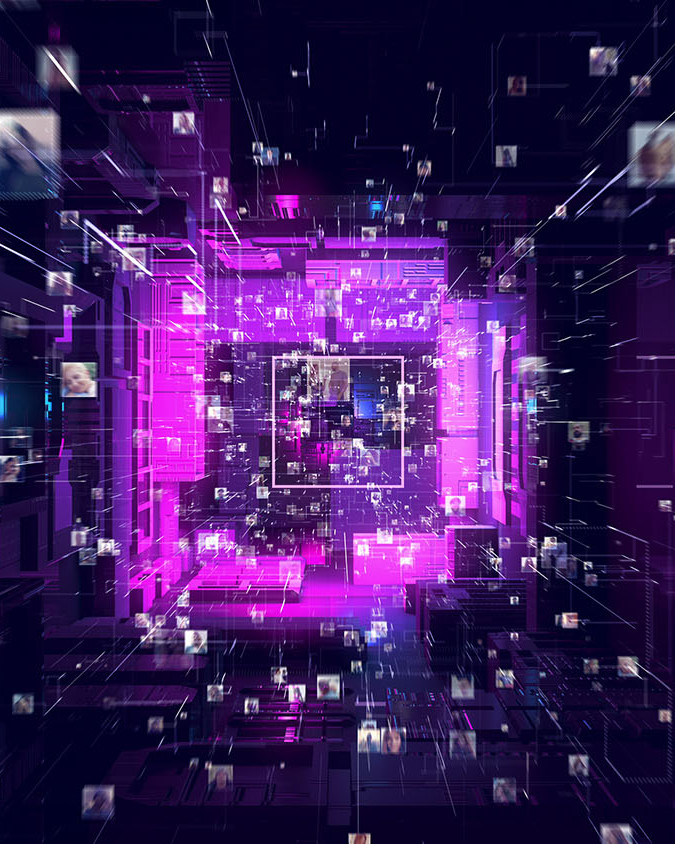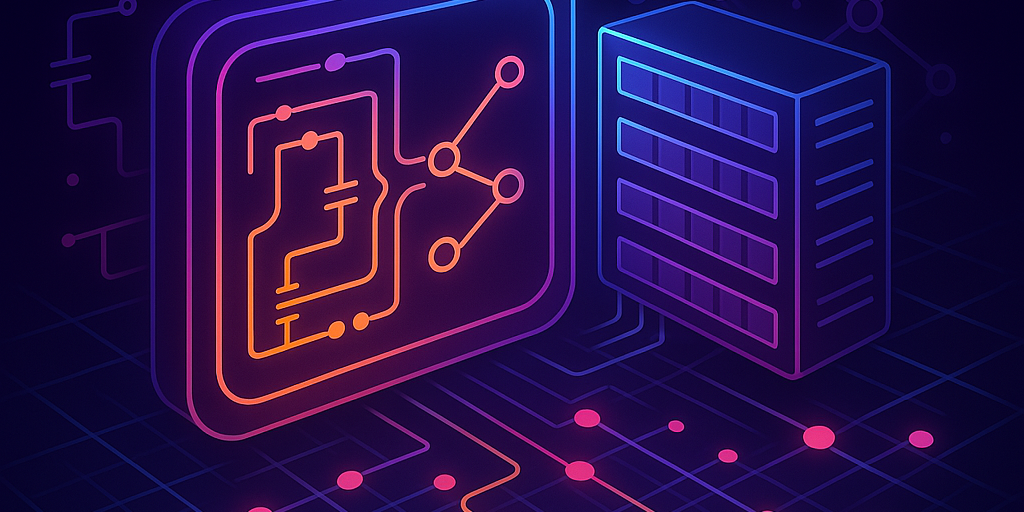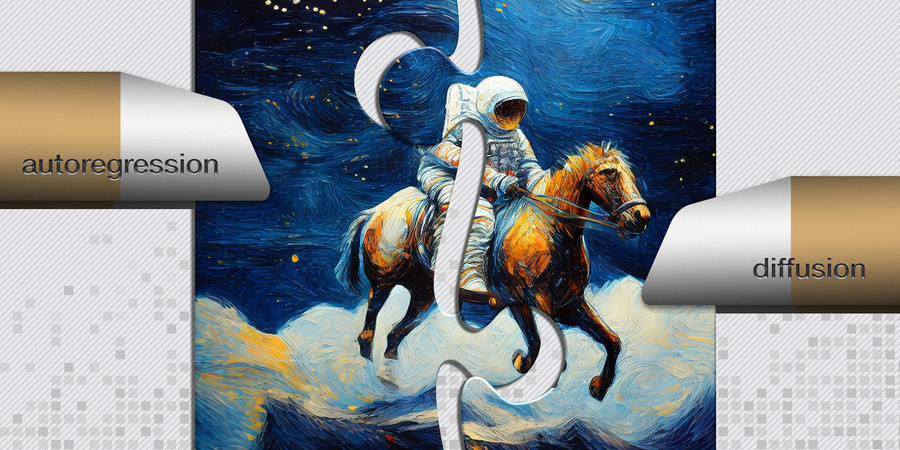Kim Martineau | MIT Quest for Intelligence
Researchers offer a new method to train and run deep learning models more efficiently. A branch of machine learning called deep learning has helped computers surpass humans at well-defined visual tasks like reading medical scans, but as the technology expands into interpreting videos and real-world events, the models are getting larger and more computationally intensive.
By one estimate, training a video-recognition model can take up to 50 times more data and eight times more processing power than training an image-classification model. That’s a problem as demand for processing power to train deep learning models continues to rise exponentially and concerns about AI’s massive carbon footprint grow. Running large video-recognition models on low-power mobile devices, where many AI applications are heading, also remains a challenge.
Complete article from MIT News.
Explore
Energy-Efficient and Environmentally Sustainable Computing Systems Leveraging Three-Dimensional Integrated Circuits
Wednesday, May 14, 2025 | 12:00 - 1:00pm ET
Hybrid
Zoom & MIT Campus
Analog Compute-in-Memory Accelerators for Deep Learning
Wednesday, April 30, 2025 | 12:00 - 1:00pm ET
Hybrid
Zoom & MIT Campus
AI Tool Generates High-Quality Images Faster Than State-of-the-Art Approaches
Adam Zewe | MIT News
Researchers fuse the best of two popular methods to create an image generator that uses less energy and can run locally on a laptop or smartphone.




